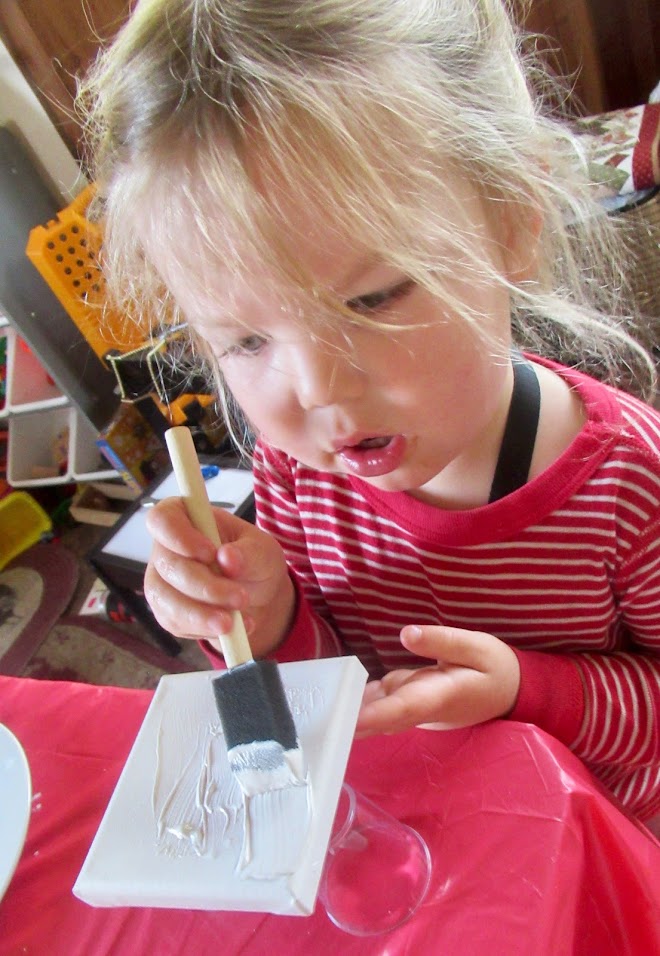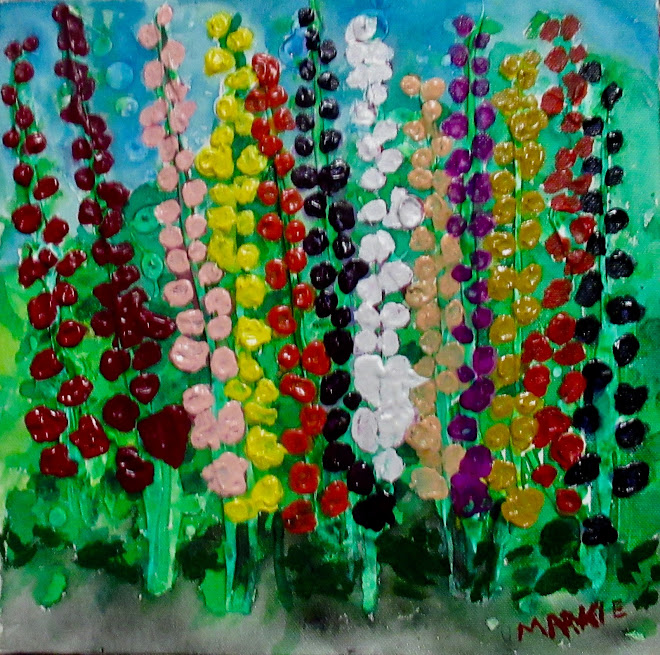Two for One
The time has arrived to put to rest this ridiculous concept of “torture” as it pertains to the San Francisco Giants. What’s up with this label? Duane Kuiper is generally credited with its origin, but I am here to suggest that, what most fans describe as torture, I describe as National League Baseball, and it’s why I have been a lifetime fanatic.
No disrespect to Kuip, but he began and played much of his career, with the Tribe, so he may be taking an American League perspective. AL teams have a penchant for the three-run-jack, as opposed the the National League, which is more likely to feature bunt attempts and speed on the bases. And the pitchers get to actually come to the plate in the National League, to face any reverberations for the chin music they might have been orchestrating. Watching Ryan Vogelsong try to bury the bat in the ground at home plate the other night, after being hit by the pitch, evoked memories.
I grew up watching the best rivalry in the game, with apologies to the Boston/New York fans out here. Neither the Sox, nor the Yankees, pulled up baseball diamonds, and moved them 3,000 miles across the country, where they resumed an already storied competition with a vengeance.
The Giants and ‘Dem Bums set up shop on the West Coast and introduced baseball, in the manner in which it was designed to be played. The Dodgers employed speed and defense, mixed in with timely hitting, rather than the “big fly” to win games. The Giants could club another team over the head with their bats, and simultaneously stymie their hitters at the plate; they constantly gave the Dodgers fits.
Though I find violence to be reprehensible, the Marichal/Roseboro “incident” which featured Juan Marichal lambasting Johnny Roseboro with a baseball bat on local television, highlighted this contentious rivalry. The Dodgers featured the best pitching on the planet, and the Giants, no slouches in the pitching department themselves, consistently featured the most feared set of offensive weapons the modern era has seen.
It was a tailor-made setup for a special brand of baseball. Both teams had at their core, players who established benchmarks during their careers, the most dramatic of acts seeming to always come when playing each other.
The Dodgers had Maury Wills, who set a record in 1962, with 104 stolen bases. He played shortstop, and his range was legendary. He established an entirely new weapon, not that stolen bases were a rarity. It was his intimidation on the base paths, so essential to the Dodgers’ styIe of play, that set the tone for the one-run games, primarily of the 1-0 and 2-1 variety. It was the norm. Plus, the Dodgers had Koufax.
The Giants had Stretch. Willie McCovey, still regularly in his AT&T box seat, is a guy who started off his career with a four-hit day, and never slowed down. He played a wicked first base, and he played the Dodgers savagely. He hit a lot of home runs, but he also hit a lot of triples, doubles, and knocked in a lot of runs. Plus, the Giants had Mays. What’s more, he played every day.
The Dodgers had the Duke, Mr Snider himself. He anchored the outfield, was a master with the bat, and was the dominant force behind the Dodgers’ World Series Championship in 1959, their first on the West Coast. Duke Snider. Plus, they had Koufax.
To be completed August 25, 2011...















No comments:
Post a Comment